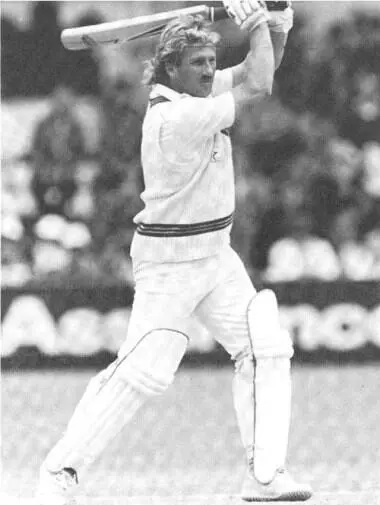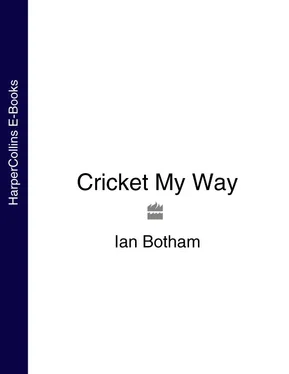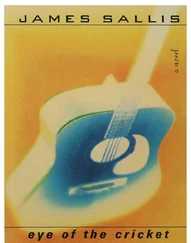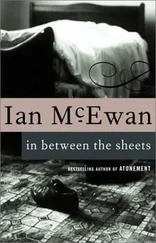They had a lot of specialist bowlers so I was naturally regarded as a batsman who could bowl to members. My reaction was ‘I’ll show ’em.’ So when I went back to Somerset and Tom offered to show me a few things, I listened – another example of working out for yourself who and what is right for you. That is something nobody can teach you, but I shall try to explain certain of the basics which should never alter. As an example, Tom taught me how to swing the ball both ways, although I had always found the outswinger came quite naturally to me.
That is my first tip. Decide on what you want, and then go for it. Don’t be put off by failure or criticism.
I soon found out that, done properly, cricket is a simple game. I was lucky enough to start with because I found it natural to hold the bat and the ball correctly, and no matter what anyone else says, the real secret of my success is that I play the game in a much more orthodox way than most people realize. For instance, I hit mainly straight, with great emphasis on my leading left arm and hand. With the ball I have worked hard on my hand and wrist action, which is why I hit the seam so often and can also swing the ball. In the slips, I may look inattentive sometimes, and not everyone agrees with the way I stand with hands on knees, but I stand still, and concentrate on each ball as hard as I can.
Once you know the basics, the rest is down to attitude. Create a belief in yourself, and stay true to it even through the bad spells that come to everyone.
Cricket is a great leveller, but don’t let it push you into a routine mould where you suddenly forget to aim for the top.
To sum up my own attitude, which I always try to carry into my batting and bowling, my philosophy is ‘Where can I score runs off the next ball?’ whereas too many batsmen – even county players – seem to think ‘How can I avoid being out to the next ball?’ And with bowling my first thought is ‘How can I take a wicket with this ball?’ compared with the reverse approach of ‘How can I best bowl a maiden?’
Many people see me as a spontaneous cricketer. I am not completely that, because that would make me just as much a blinkered cricketer as someone whose approach is too cautious. I never am blinkered; I am always trying to work out how best to attack the opposition.
There is a huge difference between correct and incorrect techniques. There is just as big a difference between sensible, controlled aggression and the other sort.
This book is to explain those differences.
PART ONE HOW I PLAY MY CRICKET


Happy days at Somerset during my 60-ball century v Worcester, at Westonsuper-Mare, 1986.
People are always asking me if I ever had any coaching or instruction. Of course I did, but where I was lucky was that nobody ever tried to meddle with whatever came naturally to me.
The main message of this book is to listen to all the advice offered to you, because it is well meaning, and then decide what will work for you.
The first two real influences on me were my Dad, Les, and then a sports master called Ken Hibbert at Milford Junior School. Dad used to throw a few balls to me when I was only three or four, and as long as I played straight, he never attempted to force anything else on me.
One example of how vital the proper advice can be came to me at the tender age of nine. I was playing against Westfield – another junior school in Yeovil – and I nailed a left-hander right in front of the stumps with a big inswinger to him. Because I didn’t know what leg before wicket, l.b.w., meant, I didn’t appeal. At the end of the over Ken Hibbert, who was umpiring, asked me: ‘Why didn’t you appeal?’ I said, ‘For what? He didn’t hit it and I didn’t bowl him.’ Of course I had heard about ‘l.b.w.’ but I simply didn’t have a clue what it meant.
Ken only explained to me once, and from then on I got a packet of them – mostly with my away swinger which was my natural ball.
Looking back on my progress on to the Somerset staff in 1973, I now realize that I was lucky enough to strike the right balance between going my own way, and absorbing the right sort of advice and coaching which was aimed at maximizing my natural talents, but not at the expense of stifling my natural aggressive approach with bat and ball.
I have always tried to hit the ball hard, and I have always tried to take wickets. Now let me try to pass on the tips which have helped me most.
All of them won’t suit every young cricketer, just as every piece of advice given me was not taken, but I guarantee that if I can get over my attacking philosophy, any cricketer can only benefit from what I have learned. For instance, I have tried to be such a complete allrounder that I could justify selection with either bat or ball.
Trevor Bailey has gone on record as saying, ‘Botham is our most spectacular, dynamic and suecessful allrounder in Test cricket this century. His only serious rival is the immortal W. G. Grace from the previous one.’

Hooking Imran Khan, Fourth Test, England v Pakistan, Edgbaston, July 1987. If you are going to hit the ball, hit it hard.
What a double billing that makes – ‘Grace & Botham’ – or should I insist on alphabetical order!
I have often been criticized for attacking too much with the ball, but the plain truth is that I have always been prepared to gamble a few runs away for a wicket, whereas some bowlers simply do not have that attacking streak in their make-up. For instance, Mike Hendrick was a fine bowler, with all the attributes of line and length, stemming from a lovely high, sideways action. Yet in 23 Tests for England he never took five wickets in an innings.
My bowling is always aimed at taking wickets, and I am always prepared to try a slower ball, or a bouncer. As well, of course, as using the width of the return crease to increase the batsman’s problems with a different angle of delivery.
There are so many variations for a seam bowler to try, and he should never settle for containment, even on a flat pitch. That is, unless the state of the game calls for a ‘mean spell’.
With the bat, when I attack – which is most of the time – I reckon the safest way is to play and hit straight. My margin of error is greater because every time a batsman plays with a crooked bat, he is reducing his area of contact with the ball.
Again Trevor Bailey was kind enough to comment: ‘In my career, I encountered very few hitters, and nobody in the same class as Ian Botham. His straight back stroke, whether used for defence or offence, is mainly with the full face, while his feet are in the correct position and his downswing from the top of the full backs wing is copybook.’
I also remember Alan Smith, the England manager of the 1981 tour of the West Indies which I captained, telling me that I could play as straight as anyone in the game, and that was my real strength.
Before I move on to the detail of technique, let me summarize my attitude, which I have had through every level of cricket I have played: I only want to win, and am prepared to gamble when others are not. Sometimes it comes off and my side wins a match from nowhere, and then I’m a hero in the public’s eye. But sometimes, my side loses a match we might have drawn, and then I get plenty of stick. I only want to win and hate losing. Coming second is nothing; but you have to lose sometime, and then comes the next test of character.
Читать дальше















